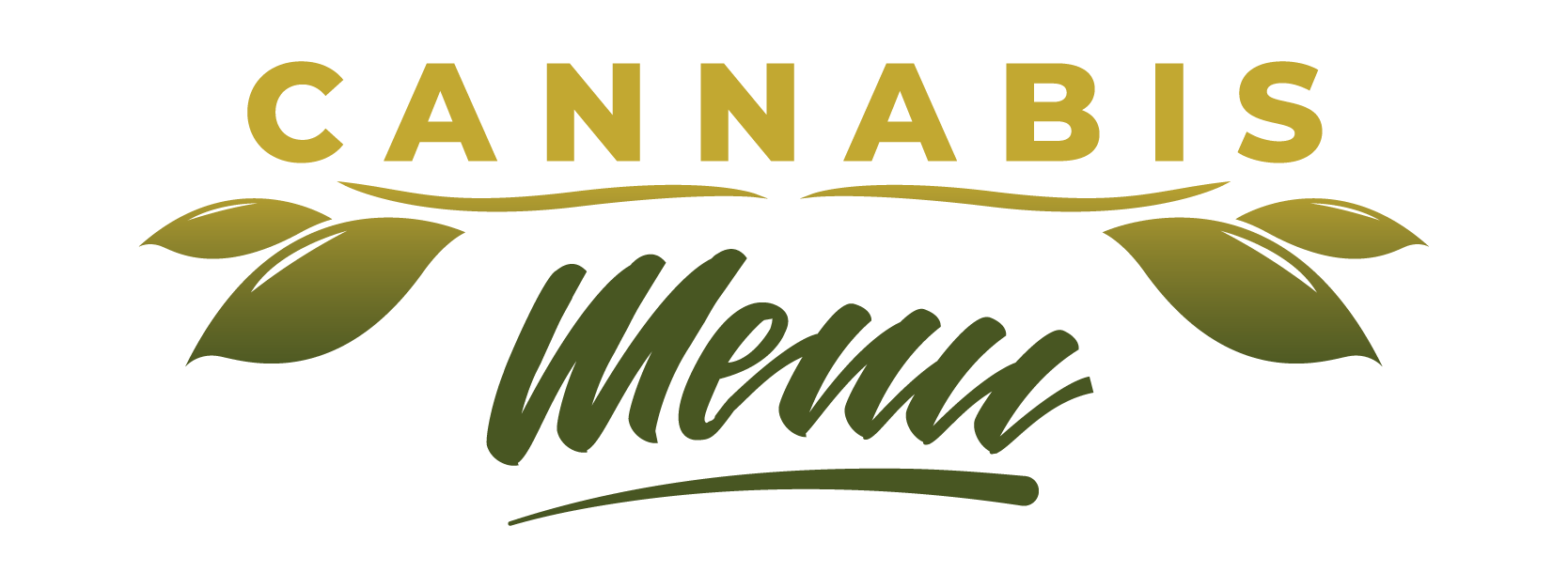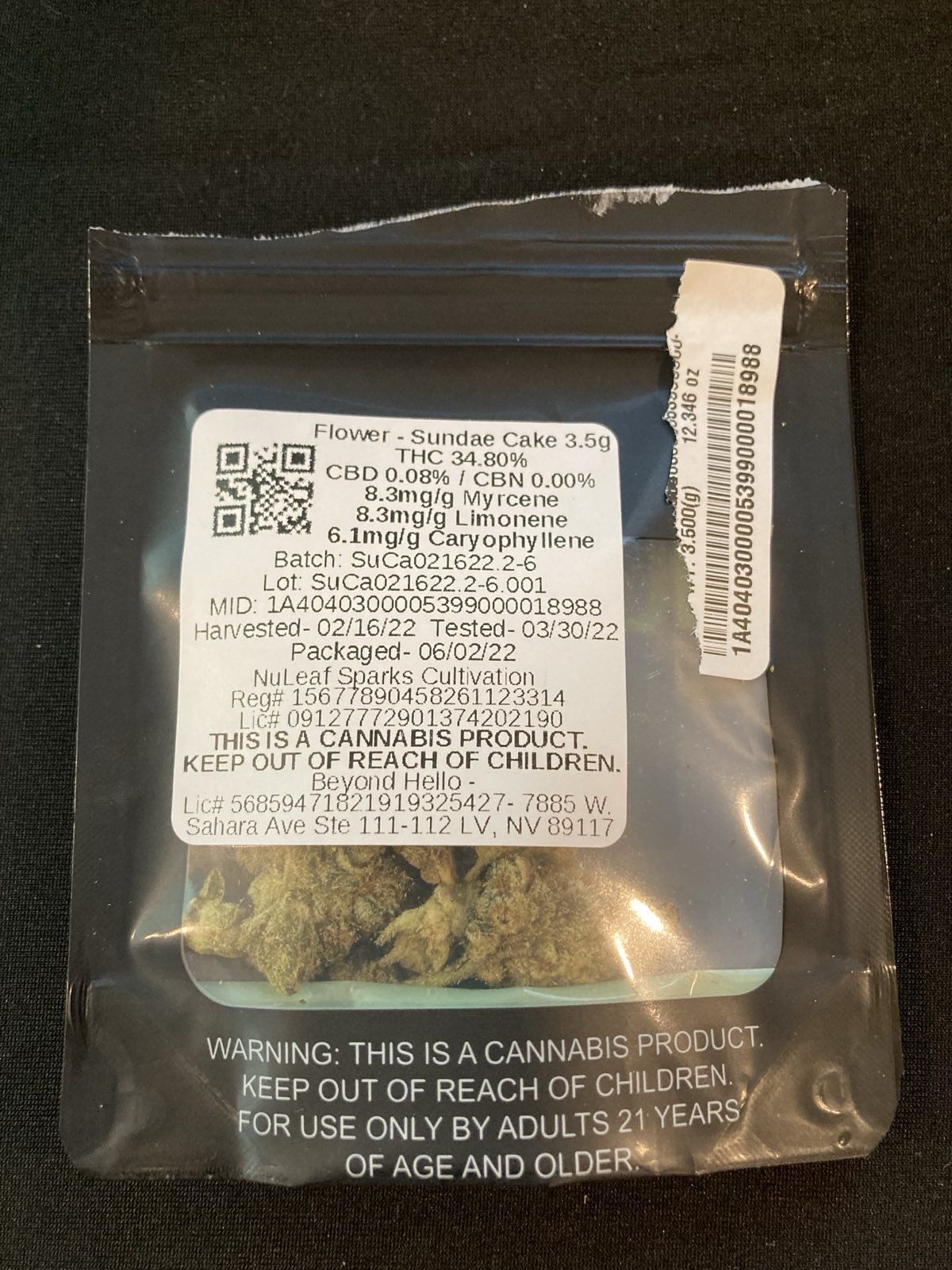For many new cannabis consumers, walking into a dispensary can feel overwhelming. With a wide range of products, unfamiliar terminology, and complex labeling, understanding a dispensary menu can be a daunting task. This guide offers a clear breakdown of how to read a cannabis menu, what the listed information means, and how to navigate your first visit with confidence.
Common Product Categories Found on Dispensary Menus
Most dispensary menus are organized into several major product categories:
- Flower: The dried buds of the cannabis plant. Flower is typically smoked or vaporized and is offered in a variety of strains.
- Pre-Rolls: Pre-rolled joints or blunts filled with cannabis flower. Ideal for convenience and portability.
- Concentrates: Highly potent cannabis extracts such as wax, shatter, resin, and live rosin. These are consumed via dabbing or specialized vaporizers.
- Edibles: Food products infused with cannabis, including gummies, chocolates, cookies, and beverages.
- Vapes: Cartridges filled with cannabis oil, used with vaporizer pens. Available in various strains and potencies.
- Tinctures: Liquid cannabis extracts that are taken sublingually (under the tongue) for fast-acting effects.
- Topicals: Cannabis-infused creams, balms, and lotions designed for localized relief when applied to the skin.
Each category will be clearly marked on a dispensary’s in-store or online menu, making it easier for customers to browse based on their consumption preference.
Understanding Flower Weights and Pricing
Cannabis flower is sold by weight, and most menus list prices alongside each available weight option. The most common measurements include:
- 1 gram (g) – enough for 1–2 joints
- 3.5 grams (1/8 oz) – about 3–4 joints
- 7 grams (1/4 oz) – approximately 6–8 joints
- 14 grams (1/2 oz) – around 12–16 joints
- 28 grams (1 oz) – up to 24–30 joints
Prices typically vary depending on quality, strain, cultivation method (indoor, outdoor, or greenhouse), and THC content. Premium or exotic strains often command higher prices.
Learn More: Understanding Flower Tiers: How Strain Type and Quality Influence Cannabis Menus
Decoding THC and CBD Percentages
Dispensary menus list the cannabinoid content of each product, most commonly:
- THC (Tetrahydrocannabinol): The psychoactive compound that produces the euphoric “high.”
- CBD (Cannabidiol): A non-psychoactive compound known for its calming and therapeutic effects.
For flower and vapes, THC percentages can range from 10% to over 30%. A flower strain with 18–22% THC is generally considered mid-range, while anything over 25% is regarded as potent. CBD-dominant products may list a higher percentage of CBD with minimal THC, appealing to those seeking relaxation or relief without intoxication.
Strain Classifications
Strains are typically grouped into three categories to help guide consumer experience:
- Indica: Known for its body-relaxing effects; often recommended for evening use or sleep aid.
- Sativa: More energizing and uplifting; ideal for creative tasks, social settings, or daytime use.
- Hybrid: A crossbreed of Indica and Sativa strains, offering balanced or targeted effects depending on the genetic lineage.
Menus usually list strain type next to the product name or description, helping customers quickly identify which option matches their desired outcome.
What Else Is Listed on Menus?
Modern dispensary menus often include additional product details:
- Terpenes: Aromatic compounds that influence flavor and effects (e.g., myrcene for relaxation, limonene for mood elevation).
- Flavor Profiles: Tasting notes similar to wine or coffee, such as “earthy,” “fruity,” or “spicy.”
- Effect Descriptions: Menus may describe how a product is expected to make the user feel—“euphoric,” “calming,” or “creative.”
- Dosage Information: Especially important for edibles, tinctures, and topicals. Edibles often come in 10mg servings, with clear guidance to “start low and go slow.”
- Brand and Cultivator: This helps identify where the product was sourced from and can influence quality perception.
Tips for First-Time Shoppers
- Start with Low THC Products: New users are encouraged to choose products with lower THC percentages (under 15%) or try balanced THC:CBD ratios.
- Ask the Budtender: Dispensary staff are trained to help customers find the right products based on goals, tolerance, and experience level.
- Look for Specials or Bundles: Many dispensaries offer first-time discounts, loyalty deals, or daily specials—check the menu before purchasing.
- Know Local Limits: Depending on the state, there may be limits on how much cannabis a person can purchase in a single day. In many states, it’s capped at one ounce of flower or the equivalent in edibles and concentrates.
By understanding how to read a dispensary menu, first-time cannabis consumers can shop with more clarity, confidence, and control. Whether browsing online or visiting in person, knowing what the listed information means can transform the dispensary experience from intimidating to enjoyable.

